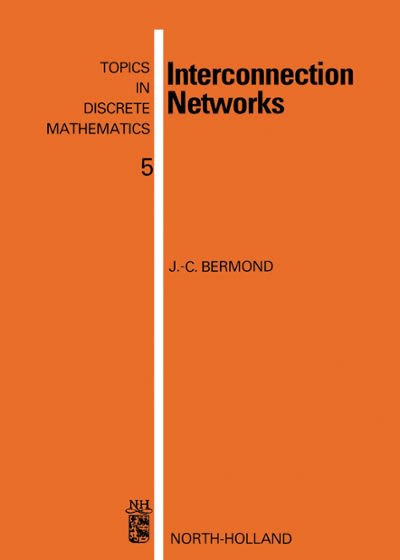Question
This is 1 of 3 questions. ONLY answer if you can answer all 3 of them. Please provide the Excel sheet as well. The Olympia
This is 1 of 3 questions. ONLY answer if you can answer all 3 of them. Please provide the Excel sheet as well.
The Olympia Paper Company would like to develop a prediction model that can be used to give point forecasts and prediction intervals of weekly paper towel sales over 100,000 rolls (sales are measured in units of 10,000 rolls). With a reliable model, OPC will be able to more effectively plan its production schedule, plan its budget, and estimate requirements for producing and storing this product.
Q1. Using 120 weeks of historic weekly paper towel sales, examine the time series to determine whether it is stationary.If it is not, perform a transformation to make the series stationary. In your answer, please make sure to define and explain 1) stationarity and 2) first differencing.
****DO NOT ANSWER ON HERE, I WILL ASK IT SEPARATELY***
Q2. Use the paper towels data to illustrate the formula for , the sample autocorrelation (SAC) at lag k. Use Stata as a fancy calculator to solve for the SAC at lags 1 to k - in your answer, provide a listing and a graph of the sample autocorrelations. Are any of the sample autocorrelations statistically significant? Why is this information important?
****DO NOT ANSWER ON HERE, I WILL ASK IT SEPARATELY***
Q3. Consider the first differences of the paper towel data. Use Microsoft Excel to solve for the sample partial autocorrelations - in your answer, provide a listing and a graph of the sample partial autocorrelations at lags 1 to k.What is a sample partial autocorrelation? Why do we solve for sample partial autocorrelation function in addition to the sample autocorrelation function?
Data is below. Please provide explanation in Microsoft Excel Sheet. Asking Question 2 of 3 and 3 of 3 Separately.
| y |
| 15 |
| 14 |
| 15 |
| 16 |
| 16 |
| 14 |
| 14 |
| 14 |
| 16 |
| 17 |
| 16 |
| 17 |
| 18 |
| 18 |
| 17 |
| 18 |
| 18 |
| 19 |
| 18 |
| 16 |
| 14 |
| 15 |
| 16 |
| 14 |
| 12 |
| 12 |
| 11 |
| 12 |
| 13 |
| 12 |
| 11 |
| 10 |
| 10 |
| 12 |
| 12 |
| 13 |
| 12 |
| 10 |
| 10 |
| 10 |
| 9 |
| 8 |
| 7 |
| 8 |
| 9 |
| 9 |
| 9 |
| 8 |
| 8 |
| 9 |
| 9 |
| 9 |
| 10 |
| 11 |
| 10 |
| 8 |
| 7 |
| 5 |
| 2 |
| -1 |
| -1 |
| -1 |
| 0 |
| 1 |
| 2 |
| 4 |
| 2 |
| 5 |
| 7 |
| 8 |
| 8 |
| 8 |
| 8 |
| 9 |
| 7 |
| 8 |
| 10 |
| 10 |
| 9 |
| 11 |
| 11 |
| 13 |
| 14 |
| 13 |
| 13 |
| 13 |
| 12 |
| 12 |
| 12 |
| 11 |
| 11 |
| 11 |
| 12 |
| 12 |
| 12 |
| 11 |
| 13 |
| 14 |
| 14 |
| 14 |
| 14 |
| 14 |
| 16 |
| 17 |
| 16 |
| 15 |
| 16 |
| 15 |
| 14 |
| 14 |
| 15 |
| 15 |
| 14 |
| 14 |
| 15 |
| 17 |
| 17 |
| 17 |
| 15 |
| 16 |
Step by Step Solution
There are 3 Steps involved in it
Step: 1

Get Instant Access to Expert-Tailored Solutions
See step-by-step solutions with expert insights and AI powered tools for academic success
Step: 2

Step: 3

Ace Your Homework with AI
Get the answers you need in no time with our AI-driven, step-by-step assistance
Get Started


